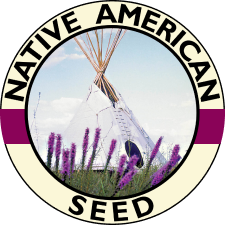How to Grow Native Seeds
How to Grow Native Seeds
by Bill Neiman
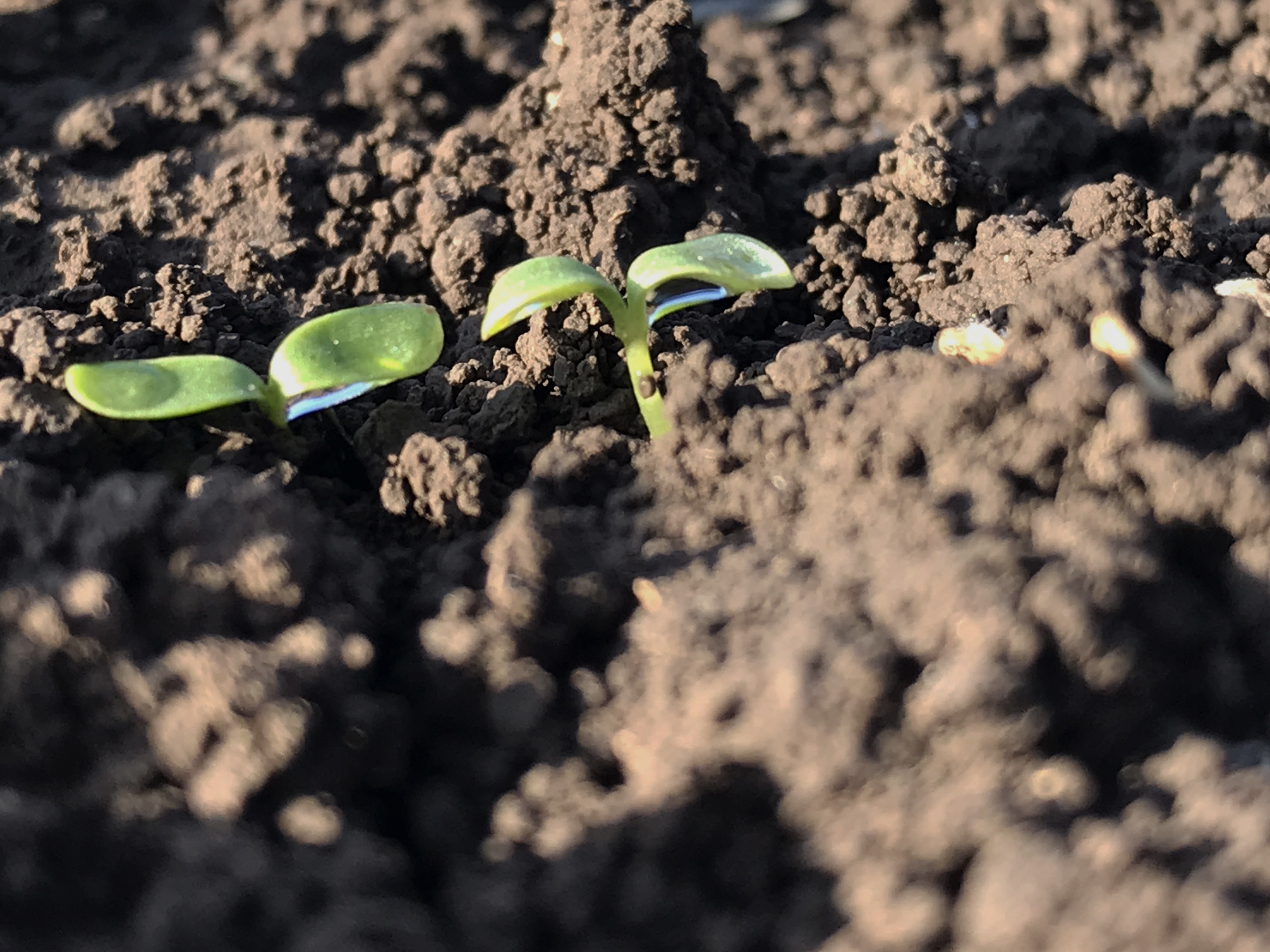
Download our How to Grow Native Seeds spread from our catalog (click here).
I like to watch nature and see how I can fit in. I don't have much luck trying to make nature fit my schedules. Everybody wants to know - When is the best time to plant? I always try to do what the particular species' ancestors are doing. The way I got my best stand of bluebonnets was to cast seed out onto the ground in late June when all the other bluebonnets were going to seed. That is what I mean about trying to fit in. I did not freeze, soak or poke the seeds. They sat out on the ground all summer and germinated when they were ready in the fall. Winter cool weather doesn't harm native wildflower plants. Now, this may sound too easy for most people. So, you may want more detailed instructions....
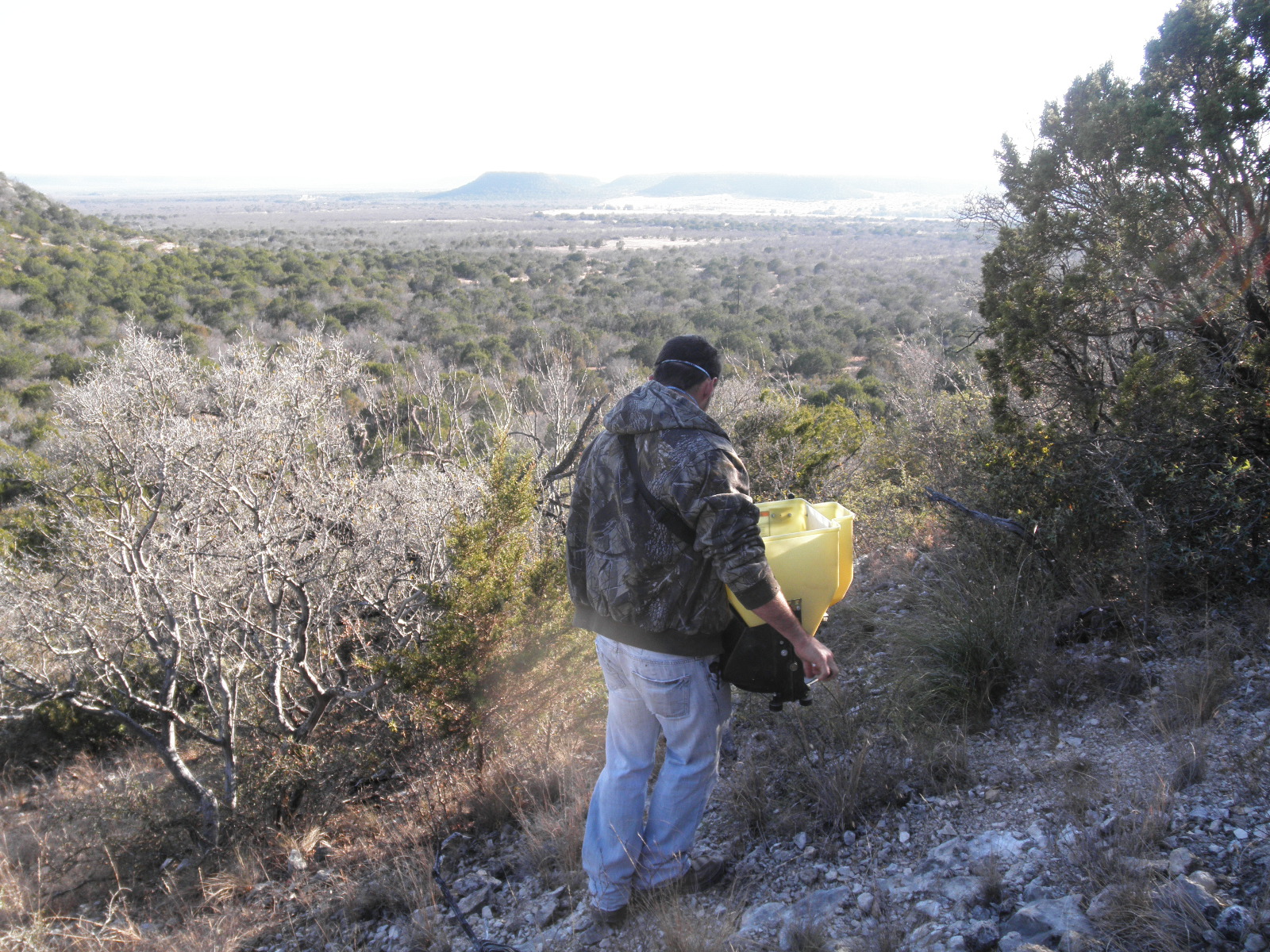
NOW IS THE TIME. . . First, you must evaluate and inventory what plants are currently on your site. Cool season grasses or legumes are not compatible. Ryes and fescues will crowd out your wildflower seedlings and completely dominate in early spring. These cool season plants must be eliminated or you might just consider choosing another site. These grasses can be killed out by simply exposing their roots to the dry air by tilling. If you have warm season grasses, scalp them and remove the thatch.

The most important aspect is to have the seed contact the soil by whatever means it takes to get the job done. Small sites can be hand raked to expose bare soil. Larger sites can be prepared by a tractor and various implements - discs or harrows. A very "weedy" site might need a light plowing or discing or tilling. Wait two or three weeks and notice how many more dormant weed seeds might have germinated and till again. The least soil disturbance, the better.
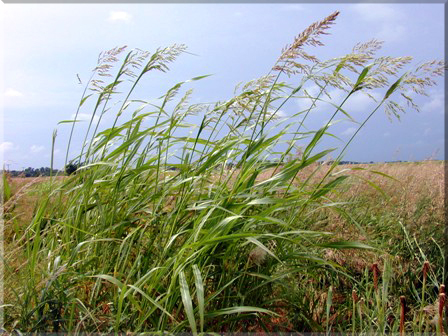
Certain noxious weeds, such as Johnsongrass, can be a big problem. Just ask most any farmer and he will tell you to spray it with herbicides. This is where you must decide if using chemicals to restore the environment is right for you. Life is full of such duality. Plenty of information is out there if you chose the chemical route. County agents have college degrees in the use of chemicals.
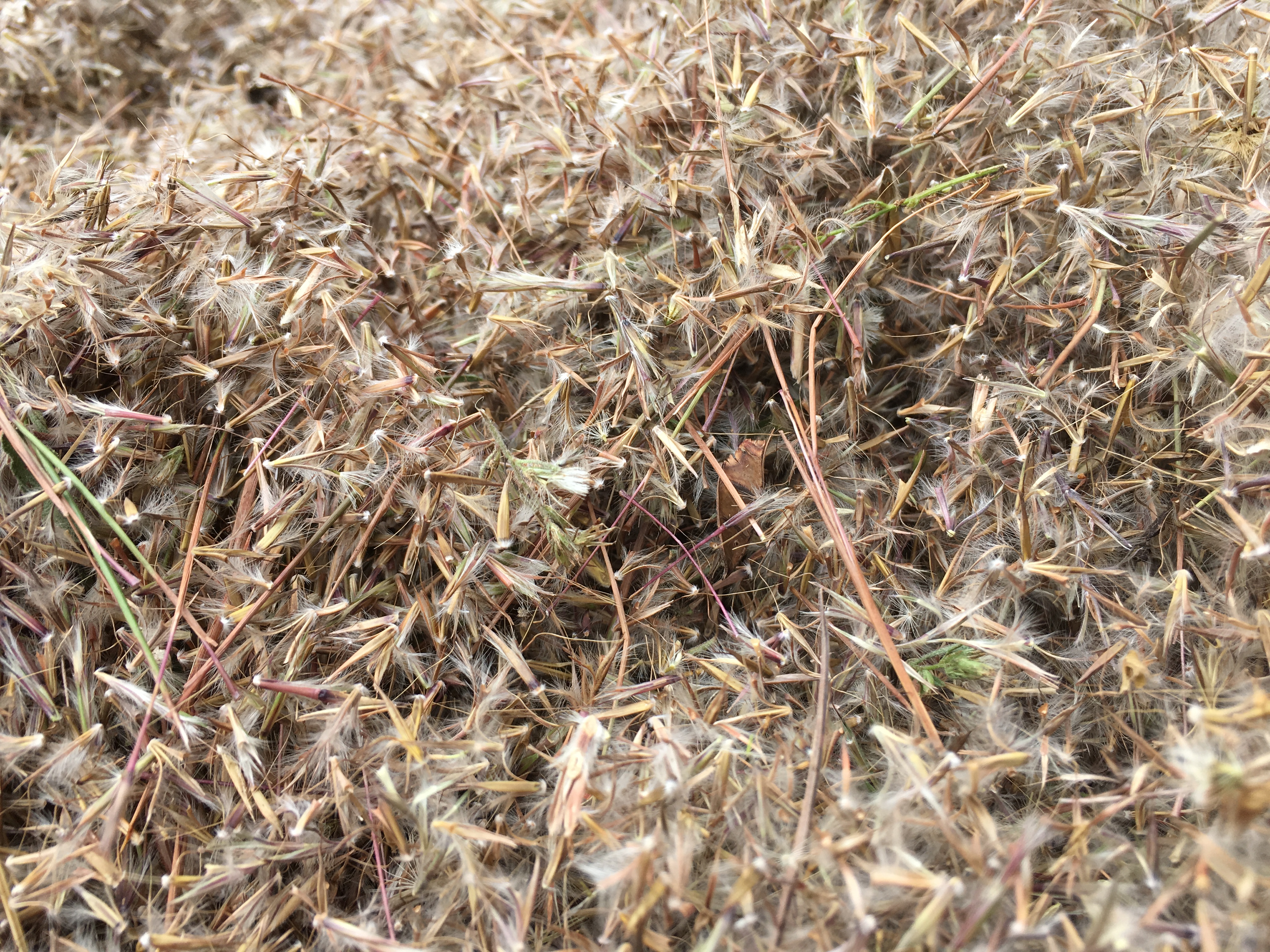
One thing I have noticed in my work is that introducing large numbers of native seeds into a weedy area provides some pretty tough competition for the weeds. In one field I planted a mix of eleven native wildflowers and buffalograss. This field had a history of cockleburrs, sunflowers and Johnsongrass. The first year the cockleburrs and sunflowers never even returned. I am still fighting with the Johnsongrass, but it is definitely declining now after three years. Heavier seeding rates will work to your benefit.
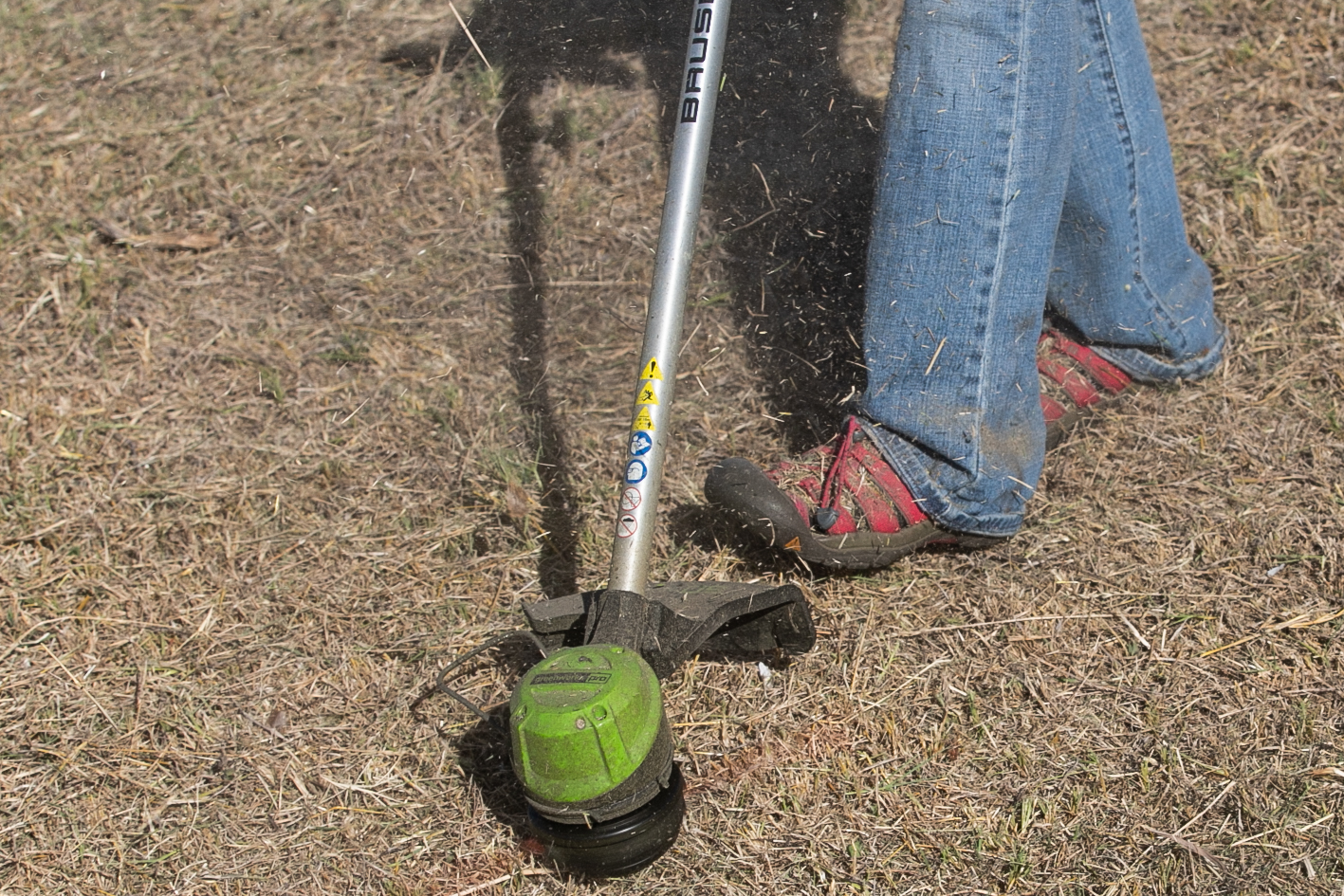
Another useful idea for those who have flail mowers is to lower the blades to actually scalp the soil. This does a good job of removing vegetation and exposing the soil without plowing. Remember, walk lightly on the Earth. The least amount of soil disturbance will have the most favorable results. If possible a roller, packer or a light drag or rake should follow the seeding to press the seed into the soil or lightly cover the soil. Most seeds should never be buried more than twice their diameter. Do not bury small seeds!
As you can see, the actual seeding methods are many and varied. We have some wildflower patches with Buffalograss beneath that we mow only two times per year. It is about time we start doing this in town, don't you think? Just because these are native plants doesn't mean that a little tender, gentle care wouldn't go a long way to guaranteeing your success. These plants do fine in nature without any preparation but can you imagine how many seeds that may have been lying there for how many years with constant replenishment that it takes to make every acre of meadow and prairie? If only we had studied nature instead of studying books. Did you ever think about what happens to a book if you put it out in nature?
Happy Planting!
